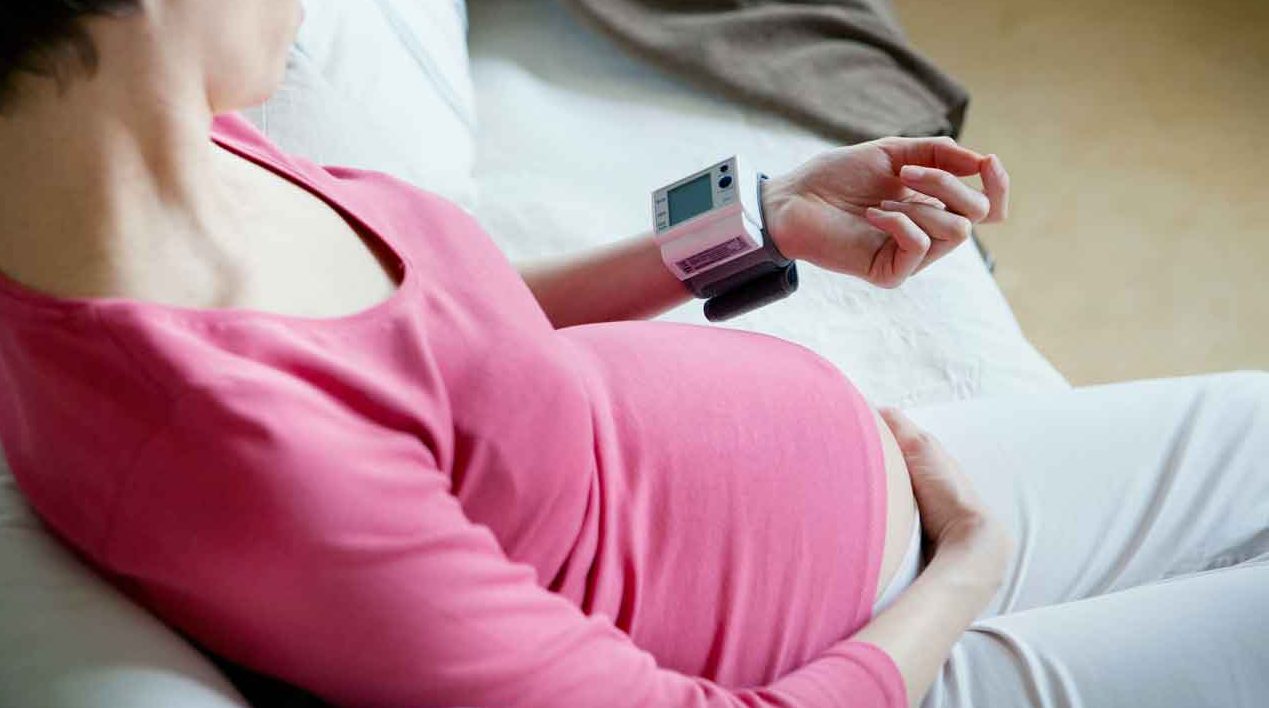Death Rates for New Mothers Are Increasing

More women are dying after giving birth in the United States, despite modern advances in hygiene and prenatal care, often for mental health reasons.
For centuries, childbirth was often deadly. Modern advances in hygiene and prenatal, childbirth, and post-delivery care made it much safer. But in the United States, deaths after giving birth are now increasing.
YOU MIGHT ALSO LIKE: Pregnant Drinking and Fetal Alcohol Syndrome
U.S. rates compared to the rest of the world
Worldwide, childbirth continues to become safer. The World Health Organization reports that the maternal mortality ratio — a measure of the number of women dying during or following pregnancy and childbirth — dropped by about 34 percent around the globe between 2000 and 2020.
Still, every day almost 800 women still die across the world from preventable causes related to pregnancy and childbirth. In poor countries, where more than a third of pregnant women do not receive good healthcare, 430 die for every 100,000 live births.
In a handful of countries, that key ratio has increased. In the United States, it nearly doubled over that decade, growing by 78 percent. Recent increases are startling, from 17.4 deaths for every 1000,000 live births in 2018 to 32.9 in 2021, according to the Centers for Disease Control and Prevention. The ratio is much higher than in other industrialized nations, in which the average is 12 deaths.
Poor and minority mothers are especially at risk. About 70 black women died in the U.S. for every 100,000 live births in 2021. A separate analysis concluded that black maternal deaths are especially high in New York, Georgia, Mississippi, Arizona, and Montana. Maternal deaths are also high among American Indians and Alaska Natives. They are growing fast among Hispanic women, too.
The problem was underreported for years; after changes to reporting requirements on death certificates in 2018, the trend is more apparent.
Observers point to the increase in women with obesity as well as lack of care for poor black women. The number of C-sections has also increased, even though such surgeries increase the chance of death four to fivefold.
More women are also entering pregnancy with chronic conditions later in life.
The “4th trimester”
“The riskiest time often comes after the baby is born,” notes Lindsay Admon, MD, an obstetrician-gynecologist at the University of Michigan Medical School. More than 30 percent of the deaths recorded in the U.S. figures happen between six weeks and a year after the baby arrives. Deaths during labor and delivery have actually fallen.
The single greatest killer is mental health problems, including postpartum depression, postpartum post-traumatic stress disorder (PTSD), and drug use. Although PTSD has been thought to affect only about 3 percent of new mothers, researchers say that’s a big underestimate.
Bleeding, heart conditions, and infections are the next biggest risks for new mothers.
Obesity during pregnancy raises the risk of several serious health problems, including gestational diabetes, preeclampsia (a high blood pressure disorder that can cause kidney and liver failure), and sleep apnea, according to the American College of Obstetricians and Gynecologists.
What you can do
You can do your best to lose weight or talk to doctors about weight loss surgery or medication before you become pregnant.
Talk to family, friends, and doctors if you have nightmares, overwhelming sadness, or other mental health problems after giving birth. Most U.S. states have extended Medicaid coverage after birth for a full year, rather than the past standard of 60 days. Use your benefits.
Some states have created doula services for Medicaid recipients. A doula isn’t just for labor. You can get a series of postpartum visits as well as support via phone and text. A doula can help you adjust to breastfeeding or get care for your depression.
Updated:
November 30, 2023
Reviewed By:
Janet O’Dell, RN